Overview
We all work with other people, so communication skills are vital. Technical competence on its own is never enough – we all need to be able to write, speak, and report with impact.
learning objectives
- Communicate, concisely, and confidently in writing and in conversation
- Plan written messages and reports that are easy to read and act on
- Contribute to discussions with purpose and clarity
- Avoid common communication pitfalls that confuse, cause delay, or lead to misunderstandings
- Use tone, structure, and formatting to increase professionalism and impact
Expert trainer
Graham specialises in providing high-quality consultancy, coaching and training personal productivity, sales and business development, and customer service.
Session outline
1. Planning your message – think first, write second
- What are effective communications, and why do they matter?
- What’s the purpose? Who’s the reader? What’s the action?
- Structuring messages for clarity: the pyramid method
- One-minute planning tools for faster, more explicit messages
- Template: Message Planner (Why, What, So What, Next)
2. Clear, concise business writing
- Cut the waffle: short, plain, active language
- Use of tone: polite, professional, and to the point
- Email essentials: subject lines, openings, calls to action
- Practical exercise: Rewrite these nasty emails
3. Writing better reports – faster
- Planning a report: aim, audience, and structure
- Sections that add value are the executive summary, findings, conclusions, and actions
- Headings, bullets, tables, and formatting for scan reading
- Tip sheet: 10 fast fixes for tired reports
4. Speaking up – effective discussion and contribution skills
- Speaking with clarity and purpose in meetings or conversations
- Structuring points: Point–Evidence–Benefit
- Active listening: how to check and clarify before replying
- Short exercise: Pair discussion on a problem topic
5. Tone and professional image
- Tone in writing: polite v passive-aggressive
- Tone in voice: confident, calm, and credible
- Choosing your words carefully: avoiding jargon and vagueness
- Group activity: ‘Spot the tone’ writing review
6. Quick tools for everyday business communication
- Templates: status update, request, response, action summary
- How do you give a helpful update without wasting words?
- Using ChatGPT or AI tools (with judgment), to speed up first drafts
- Closing the loop: writing to confirm, clarify, or escalate









